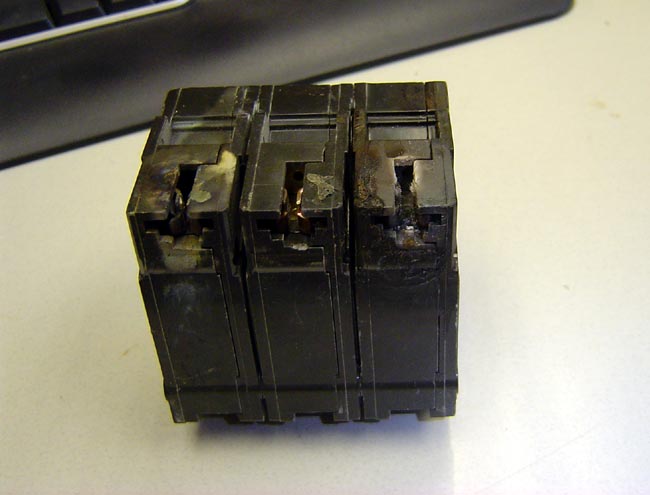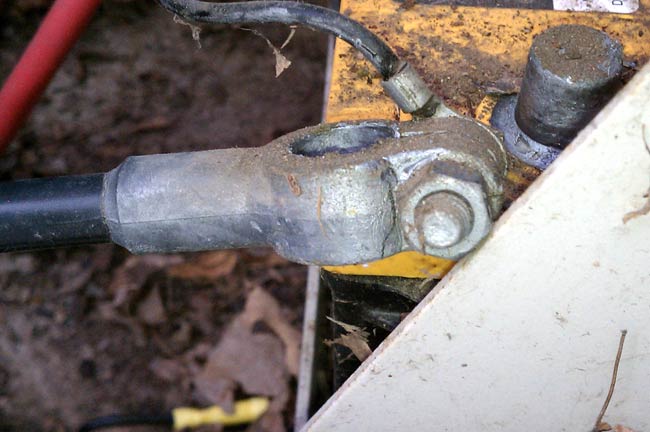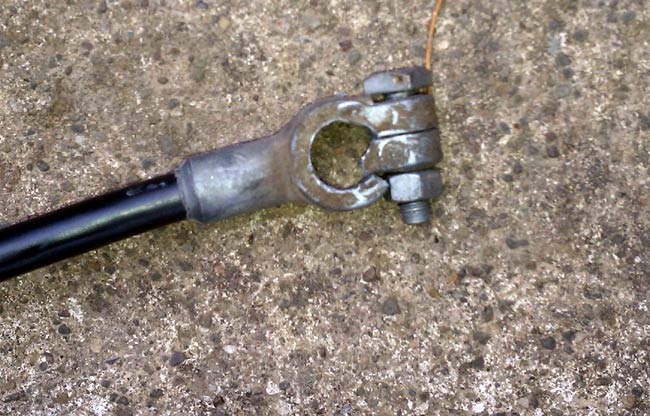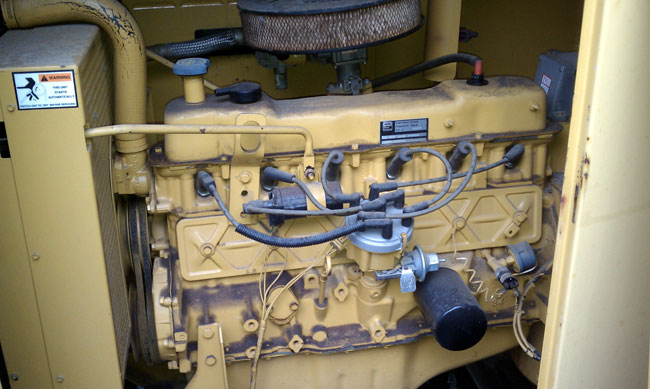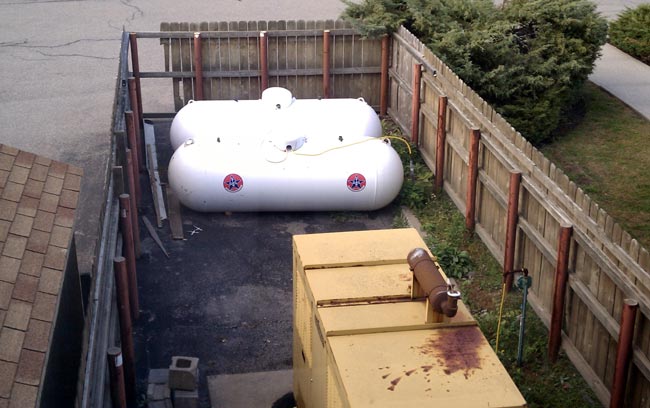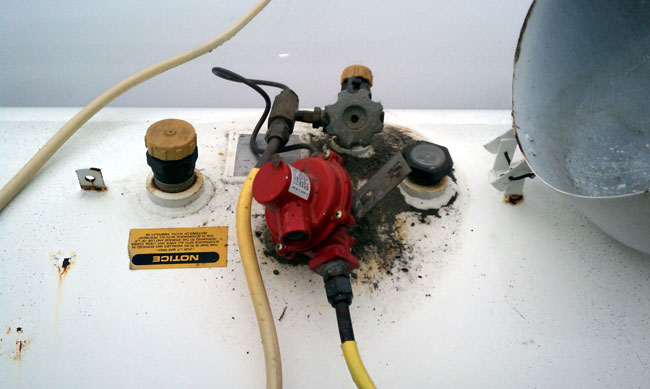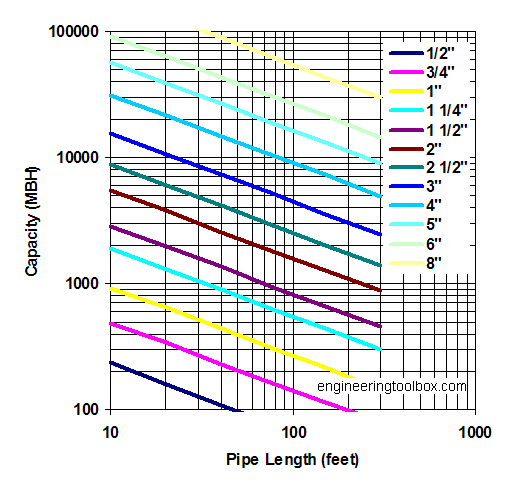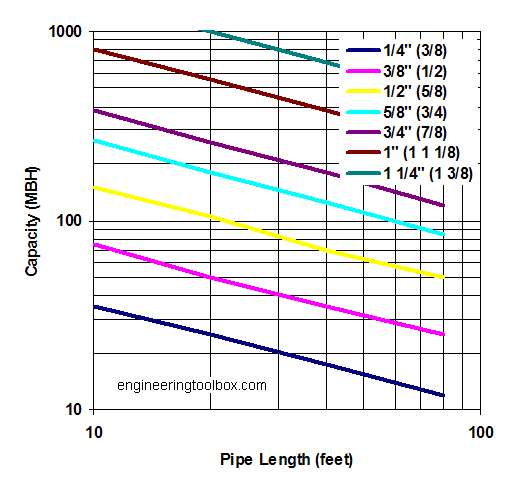Back in the day, when tube transmitters ruled the broadcast world, the common practice was to have a big cooling fan moving outside air through the transmitter building connected to a thermostat. Temperature swings of 30 to 40 degrees were common, however, the tube rigs could handle almost any temperature that didn’t melt plastic or freeze water.
Today’s solid-state transmitters are not that rugged. They like to have their rooms around 70 degrees +/- 10 degrees or so. Not to mention the other computer-controlled equipment commonly found at a transmitter site. Things like air chain processors, STLs, remote controls, etc. So, lots of air conditioning is the norm, and with lots of air conditioning comes lots of maintenance.
Air handler air filters need to be checked and replaced often. Condenser coils seem to attract every type of flying debris on the planet and need to be cleaned once, possibly twice per year depending on tree and weed species near the site. Even with preventative maintenance, occasionally things like this happen:
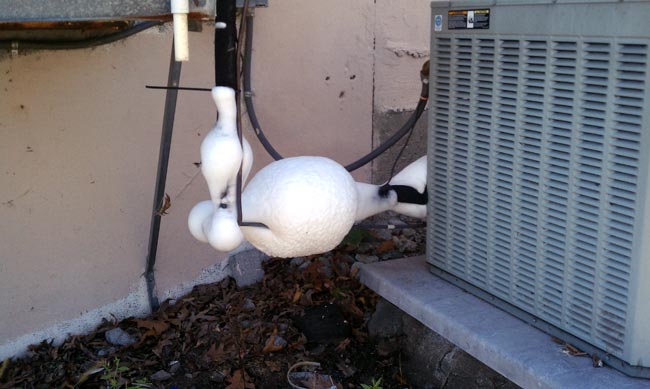
Of course, the entire cooling coil inside is frozen solid.
This condenser is low on refrigerant, causing icing problems. It has a slow leak somewhere and is about to be replaced. Other reasons for this happening are malfunctioning or non-existent low ambient kit on the condenser fan. Sometimes less than knowledgeable persons will install a 5-ton unit designed to run throughout the year but not take into account the effect of moving below-freezing air at high speed across the coils. Insufficient air moving across the cooling coil will also cause this. Insufficient airflow can be due to plugged air filters or clogged fan/blower blades.
This one is even better (same condenser unit):
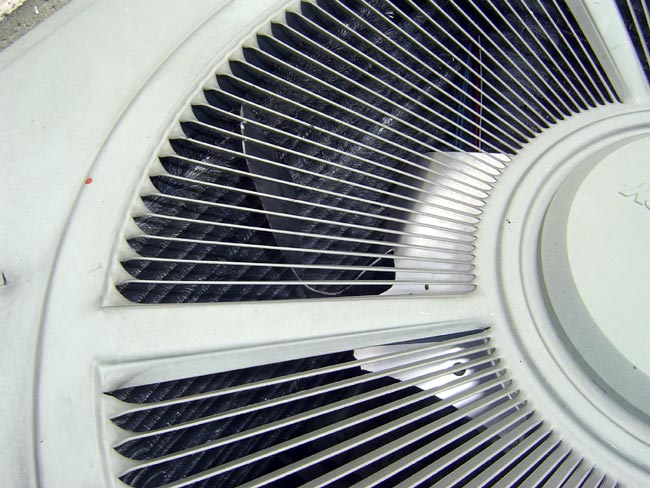
The fan blade is sheared off and jammed into the condenser coil. This happened during power transfer from generator power to commercial power. Naturally, it was at 1 a.m. in the morning after a pole-mounted transformer had been replaced. When the building transferred back to commercial power, I went outside to use the “bathroom” before my two-hour drive back home. I thought I smelled something hot, you know that cooked paint/plastic smell, but couldn’t really track it down… the winds were kicking up and another thunderstorm was on the way.
The next afternoon, however, when the sun was up and the site was working on one air conditioner, the temperature alarm went off. Upon arrival, I found the condenser breaker tripped, resetting it caused the building lights to dim. The fan motor was shorted to the case. I would theorize the aluminum fan blade suffered from metal fatigue, likely because the blades were not balanced causing a vibration. When the power transfer occurred, there was just the right combination of torque and centripetal force to cause the blade to rip, and then lodge in the condenser coil.
The fan motor has been replaced, but I think it is time to replace the whole condenser unit, which will be expensive.
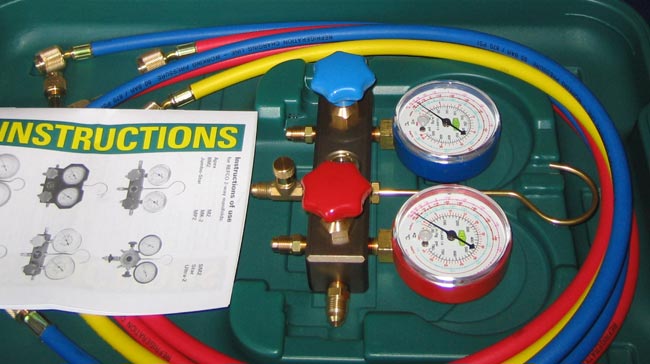
I found having a set of gauges to check the head pressure and suction is a good diagnostic tool to quickly pinpoint problems with HVAC units. This way, when the HVAC tech shows up, you can quickly point him in the right direction.

